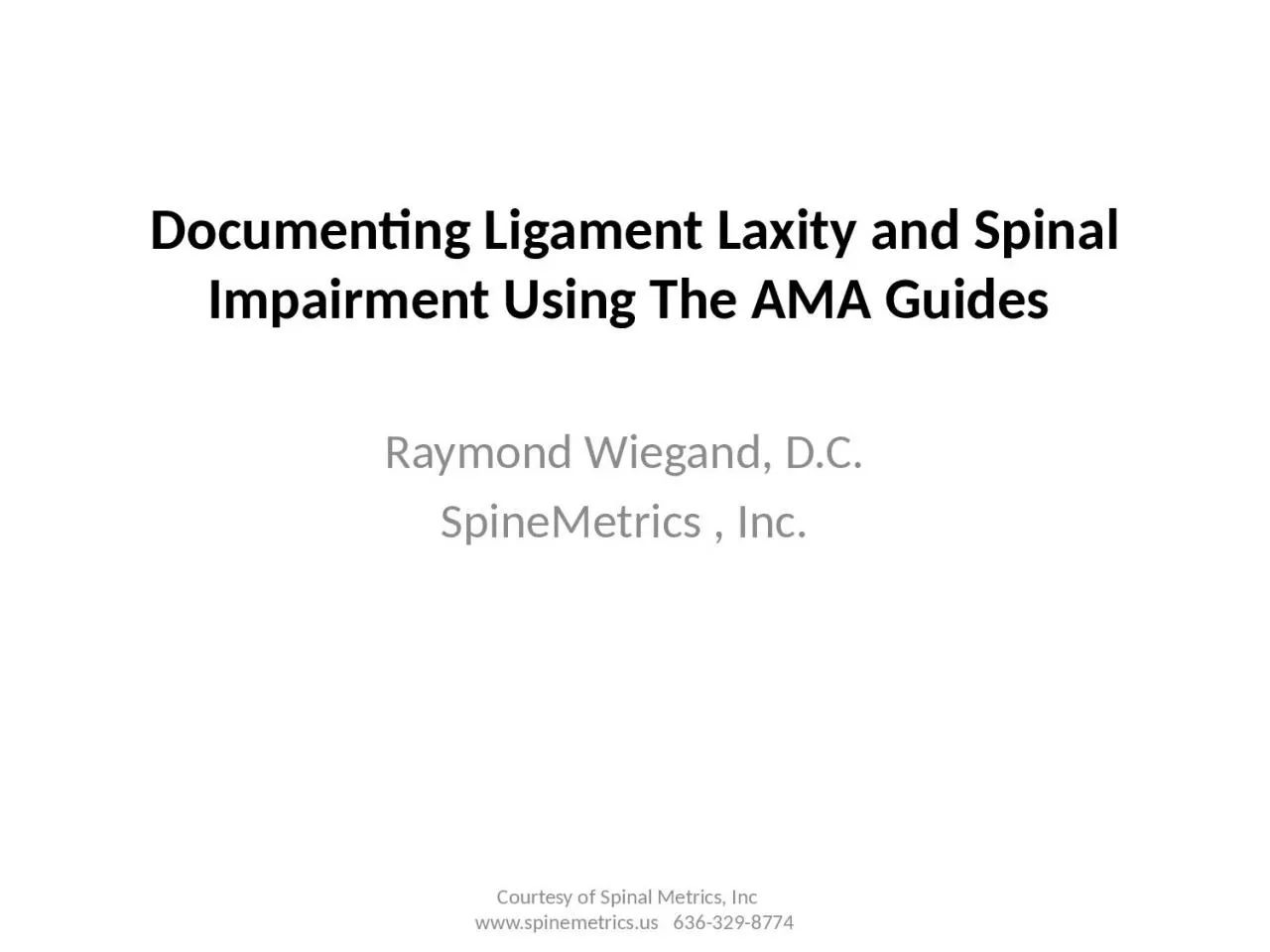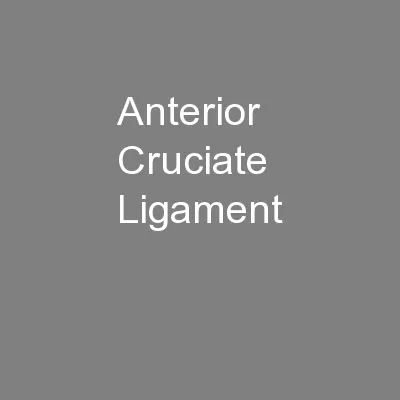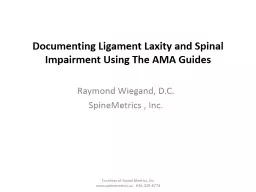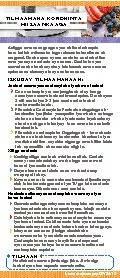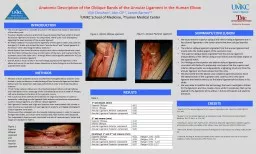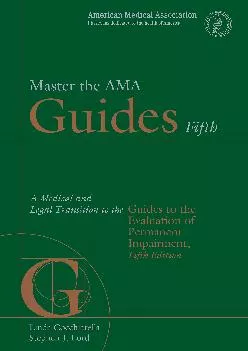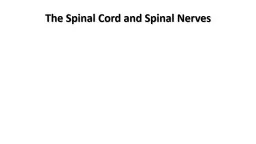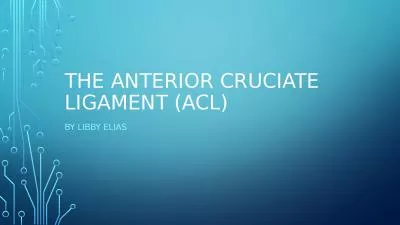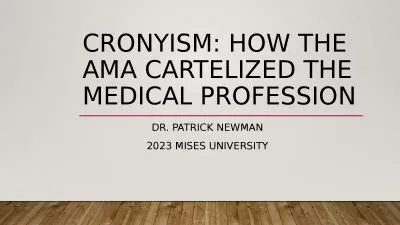PPT-Documenting Ligament Laxity and Spinal Impairment Using The AMA Guides
Author : CutiePatootie | Published Date : 2022-08-04
Raymond Wiegand DC SpineMetrics Inc Courtesy of Spinal Metrics Inc wwwspinemetricsus 6363298774 What is Ligament Laxity Ligament laxity is a loss of functional
Presentation Embed Code
Download Presentation
Download Presentation The PPT/PDF document "Documenting Ligament Laxity and Spinal I..." is the property of its rightful owner. Permission is granted to download and print the materials on this website for personal, non-commercial use only, and to display it on your personal computer provided you do not modify the materials and that you retain all copyright notices contained in the materials. By downloading content from our website, you accept the terms of this agreement.
Documenting Ligament Laxity and Spinal Impairment Using The AMA Guides: Transcript
Download Rules Of Document
"Documenting Ligament Laxity and Spinal Impairment Using The AMA Guides"The content belongs to its owner. You may download and print it for personal use, without modification, and keep all copyright notices. By downloading, you agree to these terms.
Related Documents

